The 2025 HYROX World Championships weren’t just about individual glory. This year’s Relay and Elite 15 Doubles brought high-stakes competition, heated controversies, and unforgettable performances that shook up the leaderboard and the HYROX community alike. From disqualifications to judging inconsistencies, the weekend highlighted both the thrilling spectacle and the growing pains of this rapidly expanding sport.
The Relay: Team USA Disqualified After Controversial Incident
One of the biggest storylines of the weekend came from the mixed-gender relay event. Team USA—stacked with HYROX superstars Hunter McIntyre, Dylan Scott, Lauren Weeks, and Vivian Tufuto—crossed the finish line first but were later disqualified for unsportsmanlike conduct. The issue? Hunter McIntyre body-checked Jeremy McConnell of Team Ireland during the first run.
The incident sparked heated debate across social media, but when you look at the HYROX rulebook, the call was clear. Physical aggression—especially contact that could jeopardize athlete safety—results in disqualification. While McIntyre defended his actions by saying it looked worse on camera than in reality, officials ultimately made the right call. The rules were explicit, and they had to be enforced.
Interestingly, it wasn’t Team Ireland who filed the complaint—it came from an uninvolved third party. This detail added even more intrigue to the drama and raised questions about consistency in officiating. Other similar incidents went unnoticed because they weren’t caught on camera, underscoring the need for more comprehensive race monitoring.
The New Podium
With Team USA disqualified, Team Australia (James Newbury, James Kelly, Jess Pettrow, Joanna Wietrzyk) was elevated to first place with a finishing time of 50:11. Team England and Team Belgium tied for second at 50:15, and Team Germany rounded out the top four. Team Canada moved into the fifth spot following the DQ.
The Belgians were one of the weekend’s breakout stories, consistently punching above their expected performance across multiple races. Their teamwork and grit made them standout competitors in both the relay and doubles events.
Scheduling and Spectacle
There was a consensus among the Race Brain team: moving the relay to Friday night was a misstep. Unlike the electric atmosphere in Nice, the Chicago venue felt flat with fewer spectators on-site. In the future, making the relay the final event would better position it as the celebratory, high-energy race it’s intended to be.
HYROX needs to fully embrace the relay as a "spectacle event"—not part of the core sport, but an entertaining, high-speed competition that brings the weekend to a thrilling close. Considerations like single-gender relays and clearer officiating will help elevate the race’s value in future championships.
The Elite 15 Doubles: Tight Margins, Heavy Penalties, and Impressive Performances
Women’s Race: Penalties and a Comeback Victory
The women’s Elite 15 Doubles was a race packed with both dominance and heartbreak. British duo Sinead Bent and Lucy Proctor appeared to have the race won after leading from start to near-finish with aggressive pacing and high energy. However, they were hit with two penalties—one for prematurely grabbing the rower handle and another for dropping the sandbag during a transfer.
The key controversy? Neither penalty was enforced during the race. The judges, including the technical director standing nearby, failed to immediately apply the rule, only assessing the penalties post-race after a formal challenge was submitted. Although the rulebook was correctly applied, the delay in enforcement cast a shadow over the result.
Lauren Weeks and Lauren Griffith capitalized on the penalties. The Laurens’ seamless teamwork and signature grit were pivotal in the comeback.
The German team of Linda Meier and Viola Oberlander also impressed, showcasing great chemistry and speed, especially on the runs. The Belgian duo, the Vandenlindenloof sisters, solidified themselves as rising stars with a top-five finish in their Elite 15 debut.
Men’s Race: Strategy, Chaos, and a Surprising Finish
The men’s Elite 15 Doubles was one of the most unpredictable races of the entire championship weekend. Favorites Rich Ryan and Pelayo Menendez were forced to withdraw early after Pelayo aggravated a pre-existing Achilles injury. The door was wide open.
German duo Tim Wenisch and Jannik Czapla seized the opportunity in spectacular fashion. Despite receiving two penalties during the burpee broad jumps, they came storming back with relentless pace and strategic brilliance. Tim’s solo effort on the rower, pulling over 750 meters at an aggressive pace, gave Jannik time to recover and helped claw back their deficit.
The Spaniards, Roberto Viciedo Gimeno and Luis Garcia Rubio, delivered one of the most exciting wall ball performances of the weekend, thanks to their rapid cadence and efficient partner transitions. They surged into second place, overtaking the American team of Rylan Schadegg and Ryan Kent, who struggled with wall ball no-reps and a costly farmer’s carry mishap.
The farmers carry incident was another flashpoint. Rylan inadvertently tipped over a kettlebell after setting it down, costing them valuable seconds.
Belgian duo Pieter Maes and Tom Frannsens once again overperformed expectations, using consistent pacing and smart execution to climb the leaderboard and round out the top five.
Officiating Under the Microscope
Across both the relay and doubles, inconsistent judging was a major storyline. The wall ball sensors misfired, the burpee broad jump standards were unevenly enforced, and volunteers often misapplied rules in real-time. Post-race penalties became too common, which not only altered outcomes but also left athletes and fans frustrated.
As Brakken pointed out, the solution might be to simplify movement standards to reduce the burden on volunteers and minimize human error. HYROX is a test of work capacity—not precision. The rules should support aggressive racing, not slow athletes down with overly technical enforcement.
Key Takeaways
- Consistency Matters: Athletes, coaches, and fans need officiating that is both fair and immediate. Post-race penalties undermine the spirit of competition.
- Relay Has Untapped Potential: Moving it to the final slot and leaning into its spectacle value could elevate it to a fan-favorite event.
- New Stars Are Emerging: From the Vandenlindenloof sisters to the young Spaniards, the depth of talent in HYROX is expanding globally.
- Strategic Racing Wins: Tim Wenisch’s decision to shoulder the rower load was the turning point in the men’s race—a lesson in smart, adaptable racing.
The 2025 HYROX World Championship Relay and Doubles events will be remembered not just for the podiums, but for the lessons they offered the entire community about officiating, strategy, and the growing complexity of this dynamic sport.


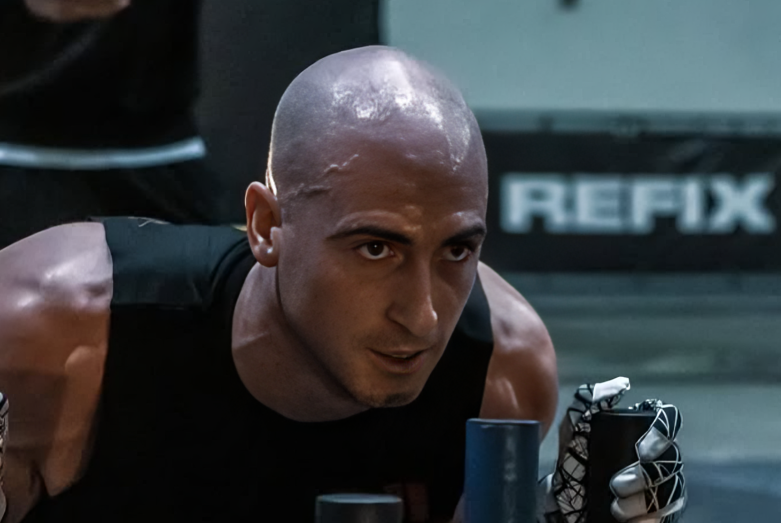
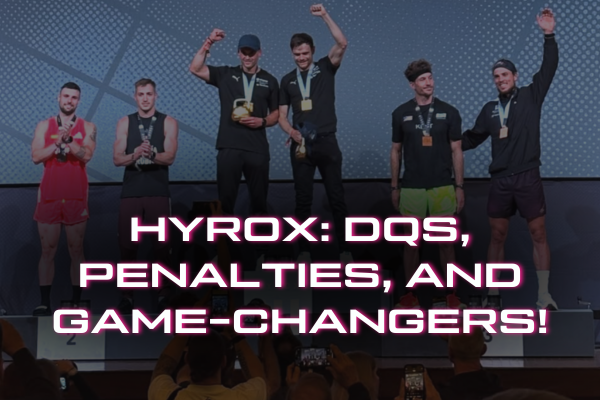
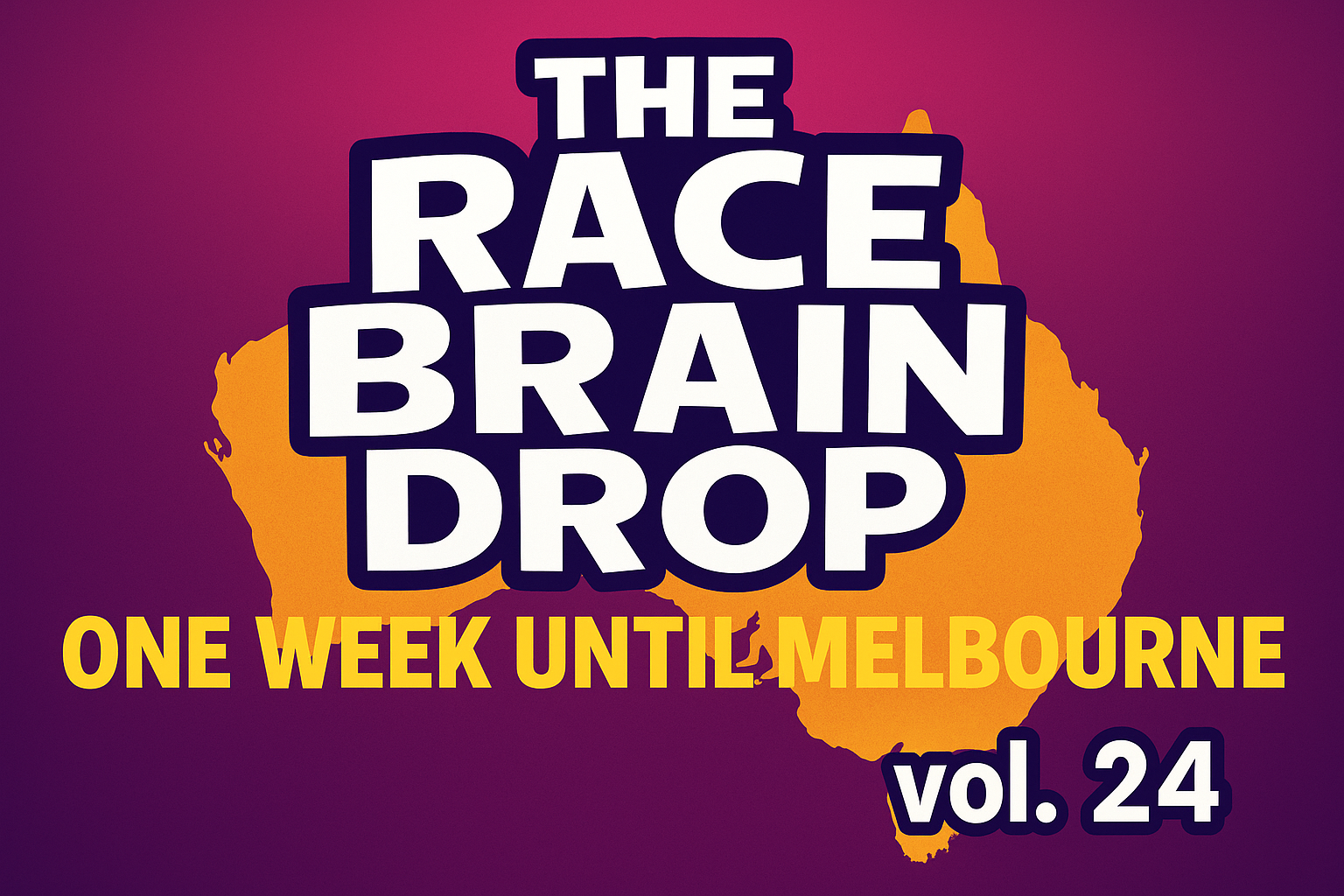





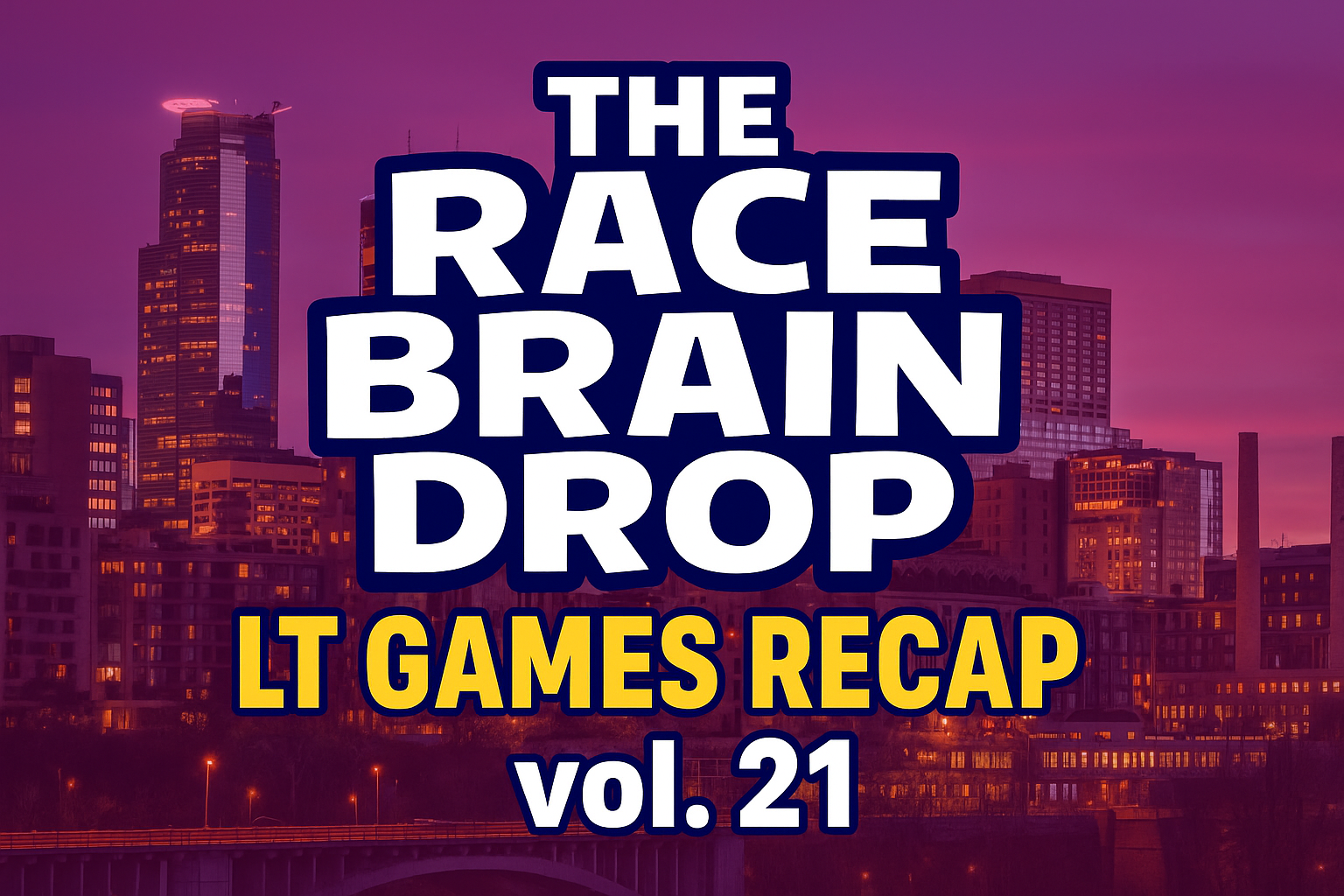
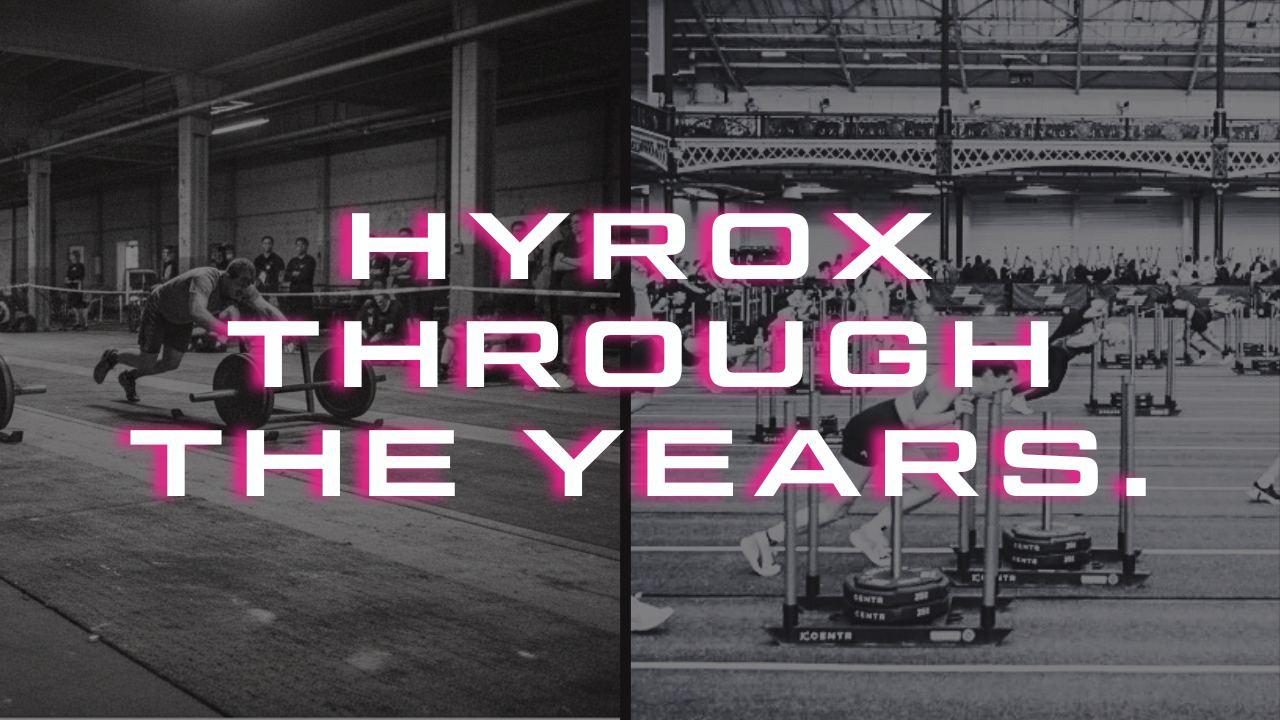




Discussion